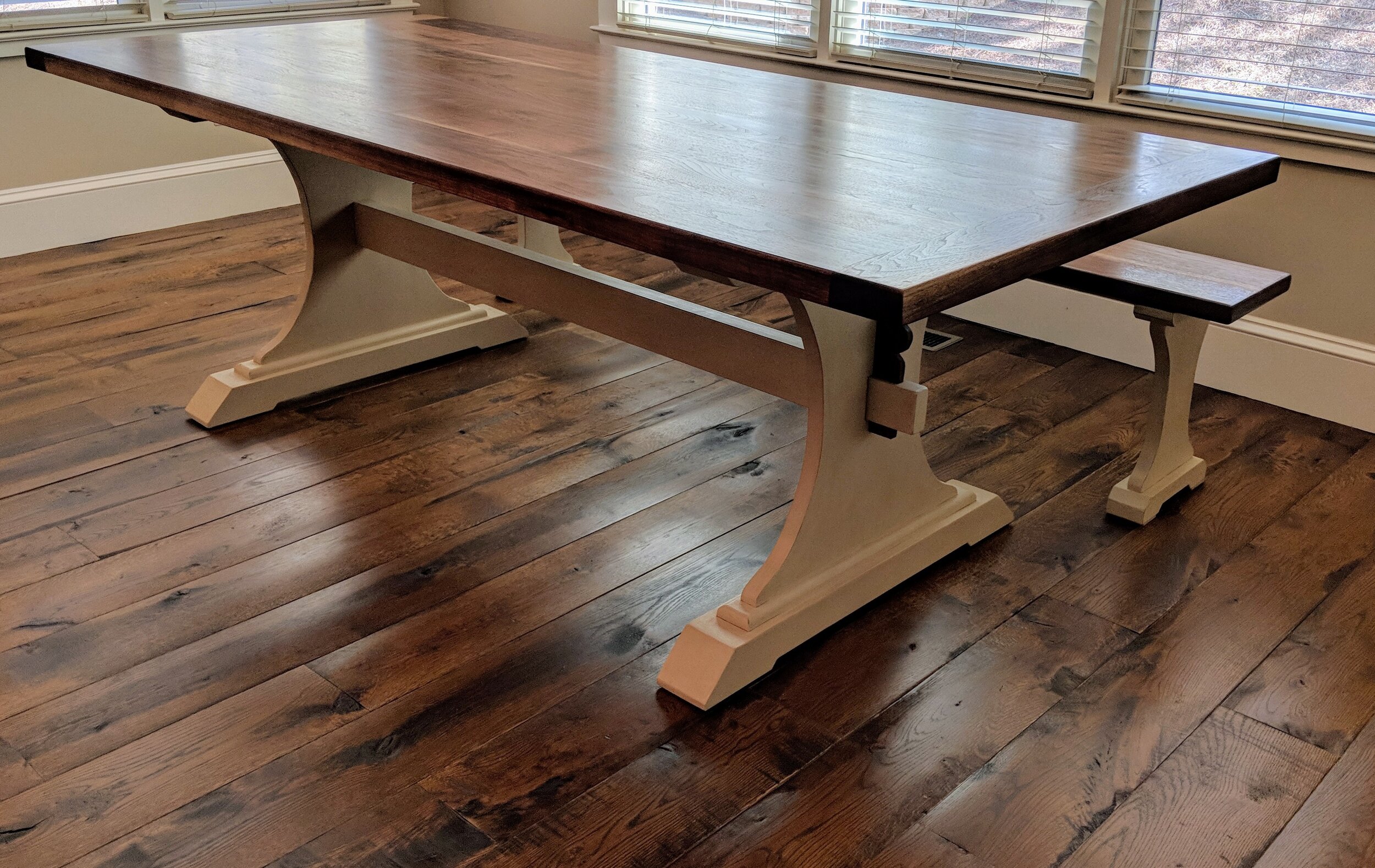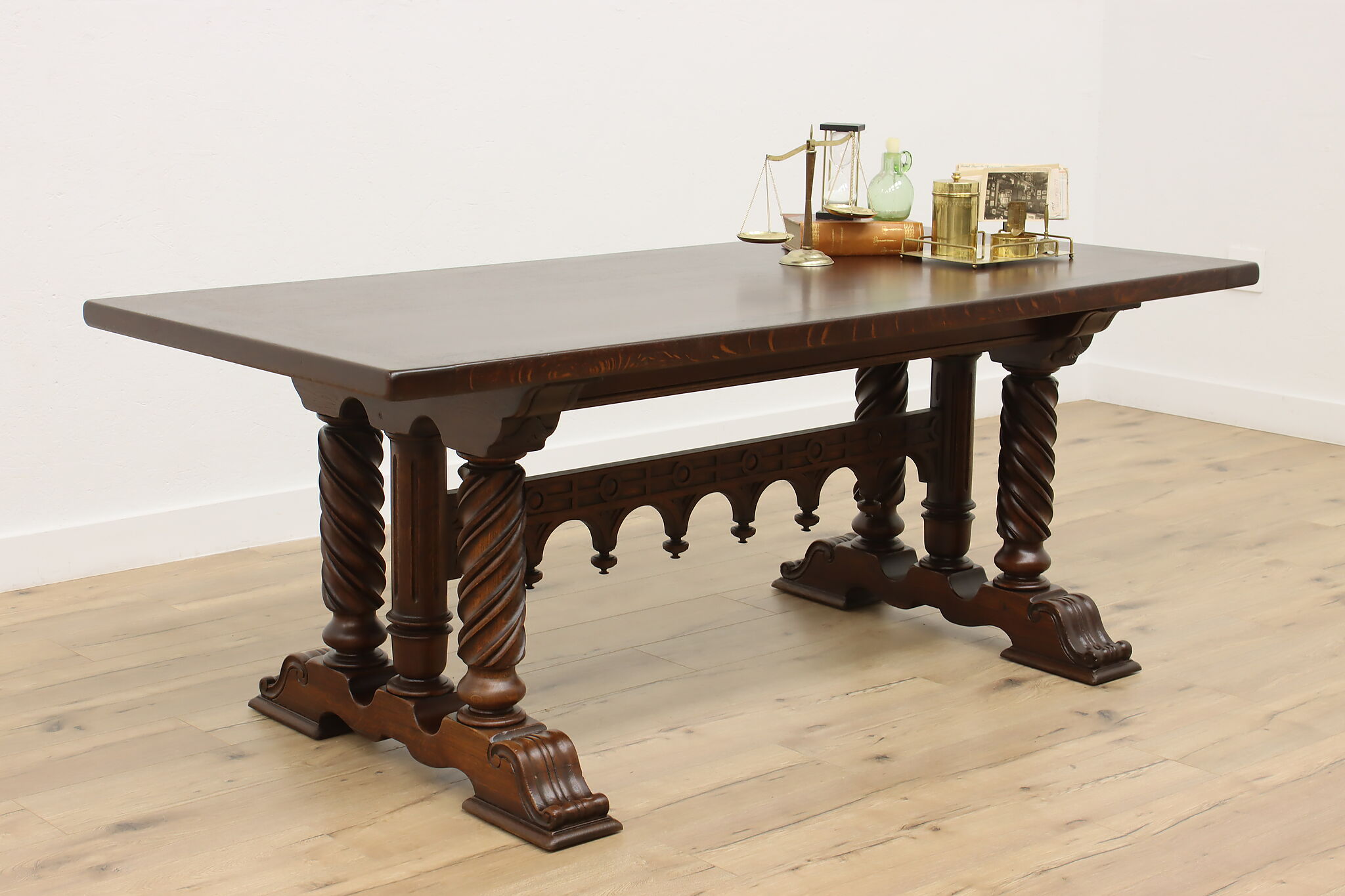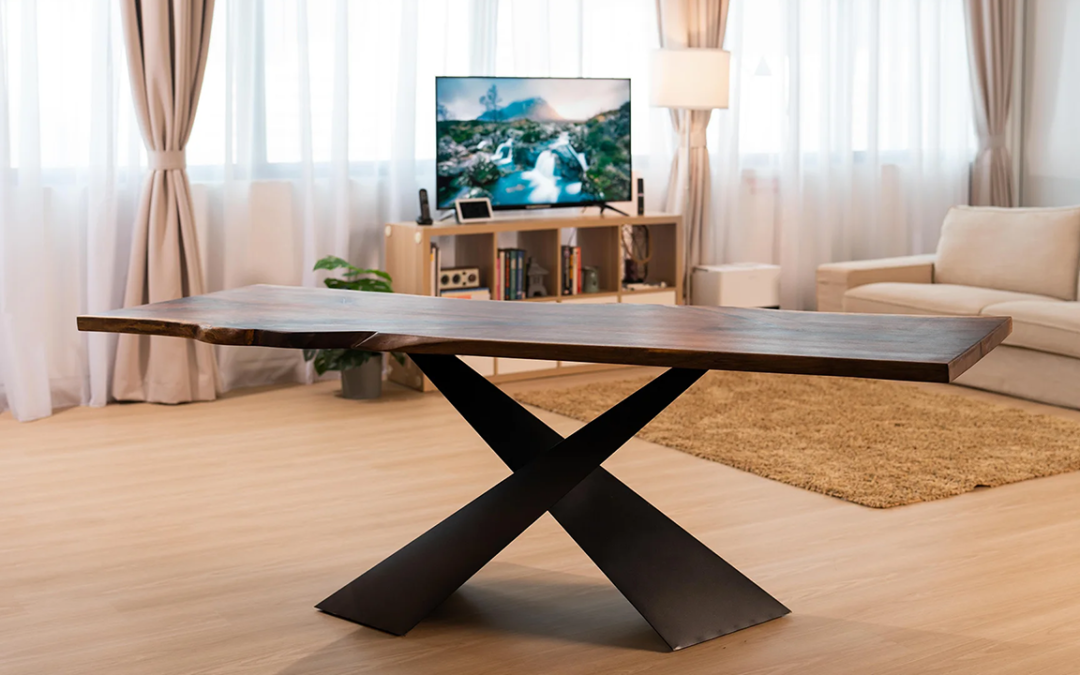The Top Trends in Dining Room Table Legs You Need to Know
The Top Trends in Dining Room Table Legs You Need to Know
Blog Article
Specialist Tips for Installing Eating Room Table Legs for Optimum Security
When it comes to installing dining room table legs, attaining maximum security is vital for both performance and looks. What certain techniques can enhance stability even further?
Select the Right Legs
When choosing the suitable legs for your eating room table, it is necessary to take into consideration both functionality and appearances. The legs you pick will considerably affect the total design and security of the table. Evaluate the table's planned use; if you expect constant gatherings, sturdier legs, such as those made from strong timber or metal, might be a lot more ideal, as they provide raised longevity and support.
Basic eating tables commonly range from 28 to 30 inches in elevation, so guarantee the legs straighten with this standard for convenience. Conical legs can include a modern touch, while turned legs could convey an extra classic visual.

Select Appropriate Hardware
Exactly how can the best equipment boost the security and longevity of your eating room table? The option of proper equipment is critical to making certain that the legs of your table are securely attached and able to hold up against regular usage. Top notch screws, screws, and braces supply the necessary toughness to support the weight of the table, as well as any kind of added tons placed upon it throughout meals or gatherings.
When picking screws, go with those made from sturdy materials such as stainless-steel or brass, which resist rust and keep honesty in time. The length of the screws is similarly crucial; they need to pass through deeply right into the table's framework without jeopardizing honesty. For bolted links, think about using lock washers to avoid loosening due to resonance or movement.
Furthermore, utilizing corner braces can include additional assistance, particularly for bigger tables or those with heavier tops. These brackets disperse weight uniformly and aid preserve the table's form. Making certain that the hardware you pick is ideal for the particular products of your table will further improve its overall stability and durability, permitting you to appreciate your dining experience for years to come.
Ensure Correct Placement
Appropriate alignment of dining area table legs is vital for both visual charm and functional security. Misaligned legs can result in an unequal table top, which may not just be visually uninviting yet likewise endanger the table's functionality. To achieve optimum placement, begin by gauging the distance from the table's corners to the leg add-on factors. This makes sure that each leg is positioned equidistant from the sides, developing a well balanced appearance.
Make use of a degree throughout installment to confirm that each leg is perpendicular to the tabletop. This step is essential, as even small discrepancies can rise right into substantial stability concerns with time. It is a good idea to note the preferred leg settings on the bottom of the table with a pencil or masking tape prior to safeguarding them. This technique offers as a visual guide, permitting modifications as required.
Furthermore, confirm the alignment after the first screws are tightened up, as modifications might be necessary prior to fully securing the hardware. By focusing on correct alignment, you not just boost the table's total layout however also make sure that it remains practical and steady for several years to come.

Consider Weight Distribution
After ensuring proper placement of the eating space table legs, it is essential to think about weight circulation to boost stability and functionality. dining room table legs. Proper weight distribution is essential in preventing ensuring and tottering that the table can support its desired tons without risk of tipping or breaking down
When positioning the legs, guarantee they are positioned at equivalent distances from the facility of the table to evenly distribute the weight throughout the structure. Take into consideration the weight of the tabletop and any type of things that will frequently relax on it, such as tabletop home appliances or attractive items. Tables with much heavier surfaces need to preferably have legs positioned original site closer to the edges, as this optimizes the base of assistance and minimizes the danger of instability.
In addition, if the table is intended for usage in a high-traffic area, consider making use of much heavier materials for the legs or adding maintaining aspects, such as cross-bracing or a reduced shelf - dining room table legs. These modifications can aid maintain balance and prevent changing during use. Eventually, a well-considered weight distribution method will significantly enhance the table's go to my blog total performance, ensuring it stays a eye-catching and functional focal point for your dining area
Examination Security Prior To Usage
Testing the stability of the dining room table prior to usage is an essential step that must not be neglected. Making sure that the table is protected and secure can prevent accidents and lengthen the life expectancy of the furnishings. Begin by using gentle pressure to various points on the table surface area. Lower on the facility and after that along the edges, moving or observing any type of wobbling. Recognize the legs or joints that may need modification. if the table reveals instability.
Next, examine that all screws and fasteners are tightened properly. Loosened links can result in instability and prospective damage gradually. If necessary, use timber glue on joints to enhance stability, ensuring to allow ample drying time.

Final Thought
In verdict, the installment of dining room table legs calls for cautious consideration of products, weight, alignment, and equipment circulation to attain maximum stability. By choosing tough legs and premium bolts, making sure specific positioning, and dispersing other weight evenly, the structural integrity of the table can be significantly boosted. Conducting a stability test before regular usage further guarantees that the table will certainly withstand everyday pressures, thus offering a secure and dependable dining experience.
When it comes to mounting eating area table legs, achieving maximum stability is critical for both performance and looks. The legs you choose will considerably affect the overall layout and security of the table (dining room table legs). Standard eating tables normally vary from 28 to 30 inches in height, so make sure the legs line up with this criterion for comfort.Correct placement of eating room table legs is vital for both aesthetic appeal and functional stability.In verdict, the installment of eating space table legs requires careful factor to consider of materials, hardware, weight, and alignment circulation to accomplish maximum stability
Report this page